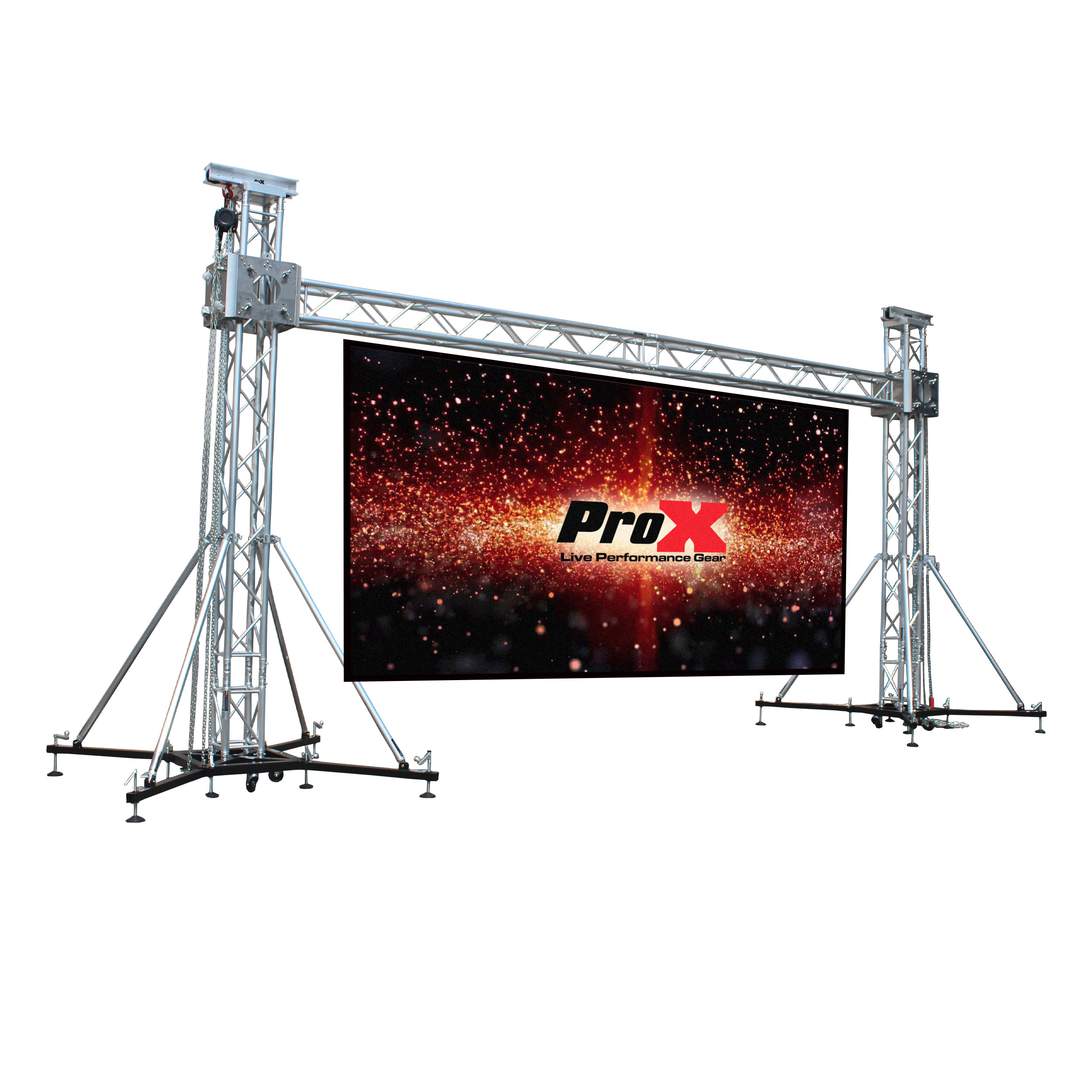Light Emitting Diode wall screens have become more and more favored across different environments, from homes and commercial spaces as well as public spaces. These panels are recognized due to their bright and dynamic displays, which render these suitable to communicating data, advertisements, and entertainment. However, comprehending brightness illumination levels of LED wall panels is crucial for guaranteeing ideal visual efficacy. Illumination can be quantified in units called nits, which show the amount of luminosity produced from the panel. The greater number of quantity of nits, the more luminous a visual is. For instance, example, a screen with one thousand nits is significantly more vivid compared to a with five hundred nits, making this one better equipped in well-lit environments.

As you selecting an LED wall panel, one is important in take into account which setting where that it will be used. In brightly lit spaces, like retail environments and open-air locations, a higher luminosity rate becomes essential to guaranteeing clarity. On the other hand, within dimmer environments, such as theaters or conference rooms, a lower brightness rate might be adequate. This is because excessive bright unnecessary luminosity in an dim setting may result in viewer discomfort among the audience, causing them more difficult for concentrate with a display. Thus, comprehending specific particular needs for an setup site will help in selecting a suitable brightness level for optimal visual experience.
A further important factor to consider is contrast differential proportion in an Light Emitting Diode wall panel. The contrast ratio indicates the disparity exists between the brightest most luminous light and the dark black which a screen can create. An greater differential ratio means that the display is capable of present more detail as well as depth, which enhances overall visual clarity. For example, one panel with a contrast proportion of 10,000:1 will show visuals featuring more vivid colors and sharper details than one with a ratio at one thousand to one. Such becomes particularly important when displaying visuals or videos which demand greater clarity and fine details, including slideshows and promotional material.
Moreover, the technology that drives Light Emitting Diode panel panels plays an essential part in the brightness and total efficiency. Different types in Light Emitting Diode methods, such as OLED and Liquid Crystal Display, have distinct traits which affect how luminosity is experienced. OLED panels often provide better contrast as well as darker blacks, which may improve the viewing experience within dim environments. Conversely, standard Light Emitting Diode screens might be more suitable in well-lit environments due to the capacity to generate greater levels of brightness. Comprehending such tech-related variances can guide users to deciding on knowledgeable choices based on specific Recommended Site individual requirements.
In conclusion, regular maintenance as well as calibration of Light Emitting Diode panel navigate to this site panels can assist maintain optimal illumination as well as performance over time. Dust as well as dirt can build up in a screen, affecting the illumination as well as clarity in the display. Regular cleaning and expert calibration may guarantee that panel screen operates in top best, providing uniform visual quality. Moreover, certain advanced Light Emitting Diode panel panels feature with built-in options which enable operators to modify illumination levels and hue settings based on their preferences. Through taking these measures, users will guarantee that LED LED panel screens deliver an best display performance, no matter the setting in which these are used.